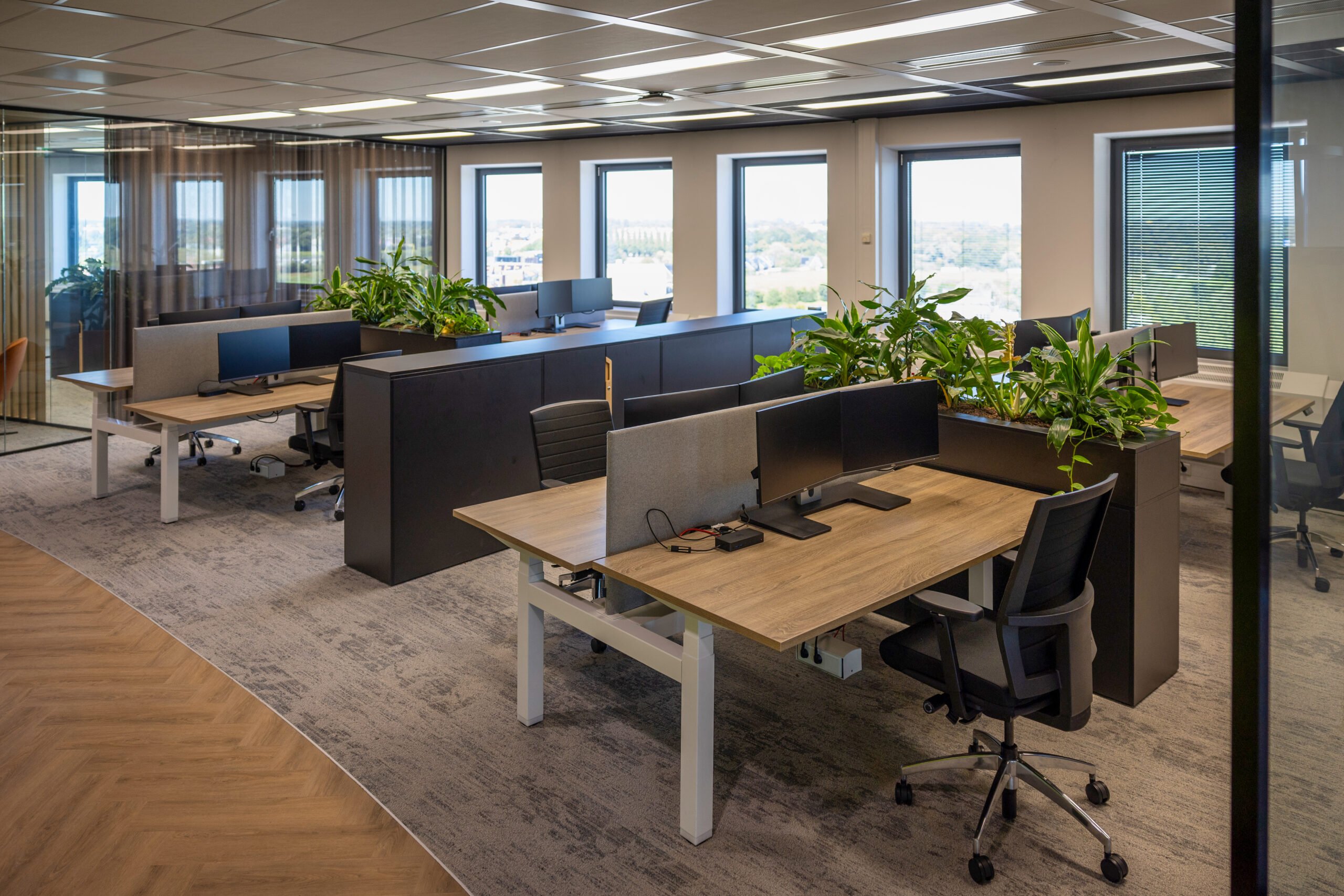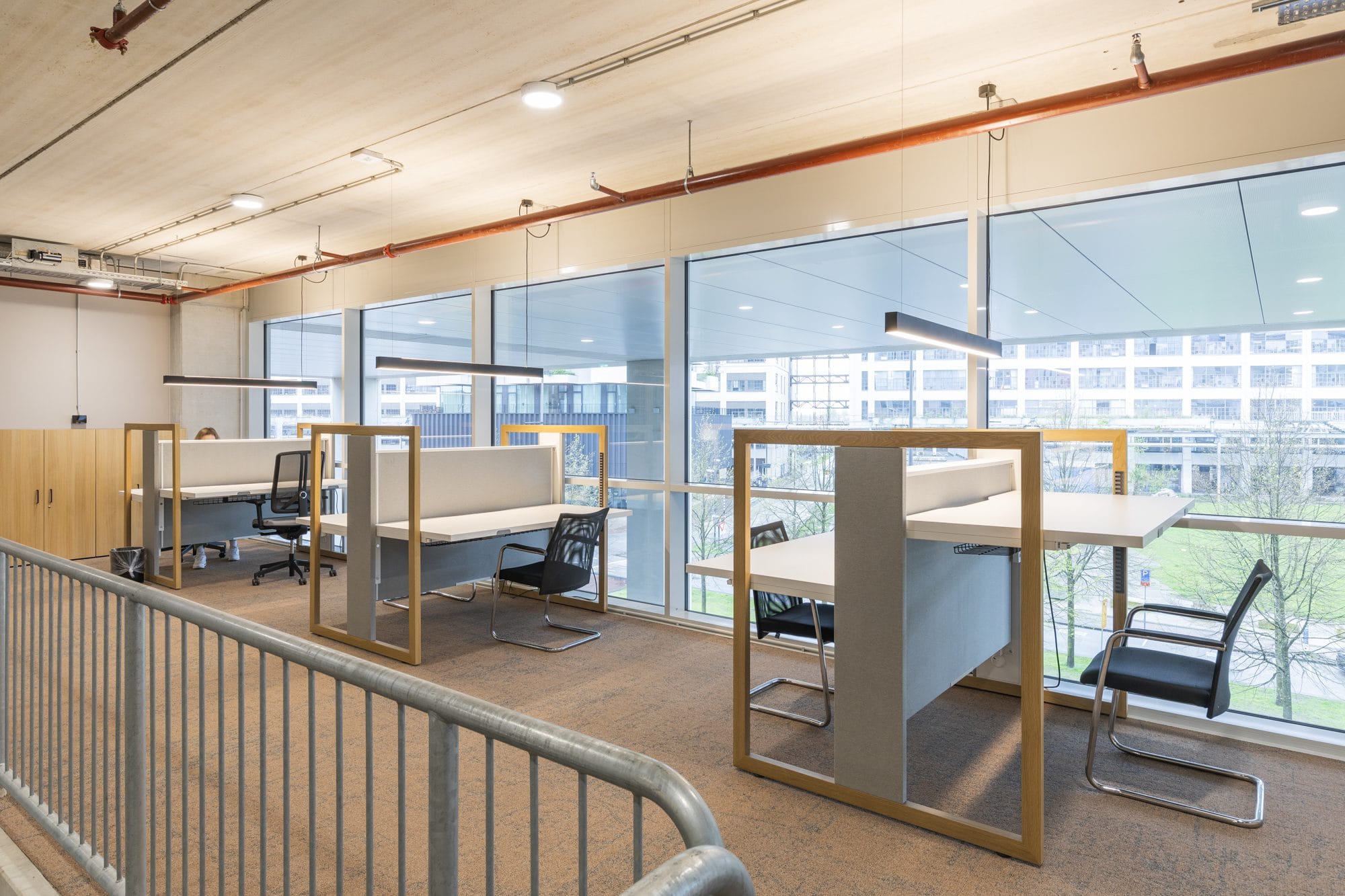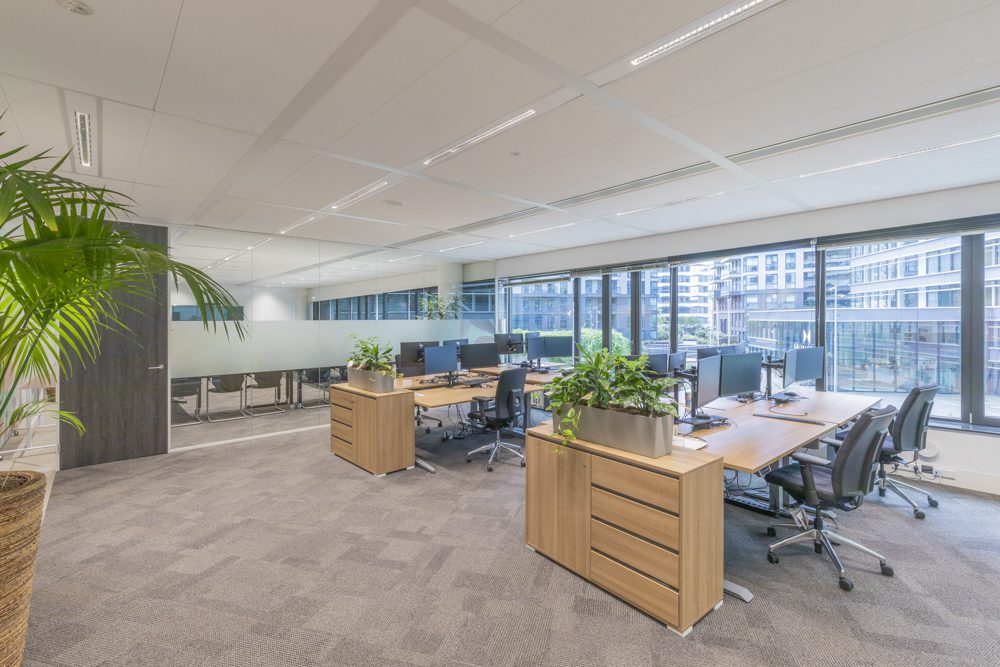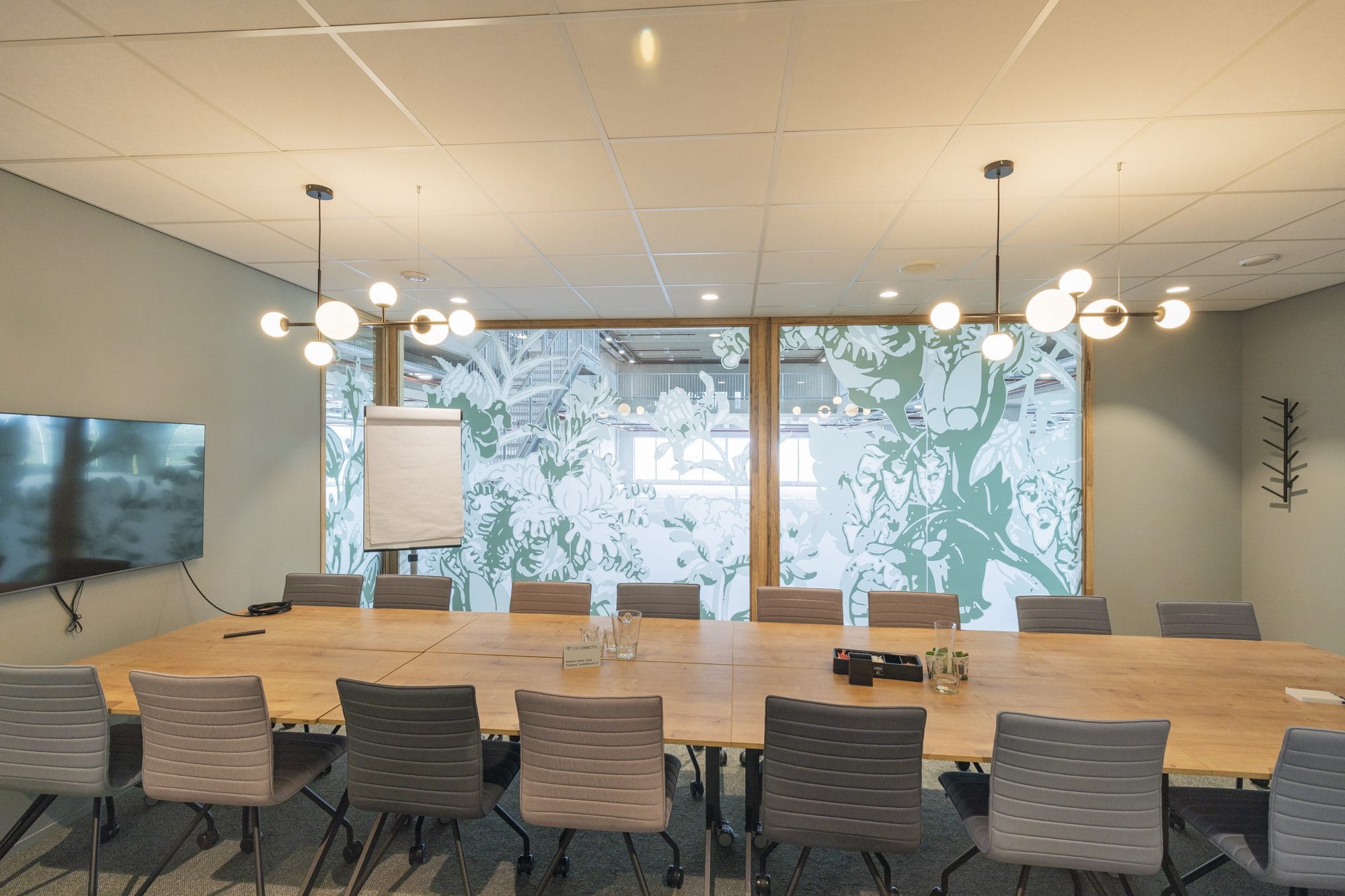Office lighting for installers
Why office lighting is more than ‘lights on’
Good office lighting seems obvious, until it’s missing. As an installer, you know: light determines not only visibility, but also comfort, productivity and safety. Yet lighting in office projects is still often discussed late, while its influence on energy consumption, well-being and standard compliance is great. Light is more than a switch. It is a performance tool as well as an atmosphere creator. The right balance between lux, contrast, color rendering and control makes the difference between a space that “works” and a space where people work well.
The impact of good light on working comfort and productivity
Research shows that under proper lighting conditions, employees are less likely to tire and stay better focused. Too little light causes loss of concentration, and too much or poorly distributed light causes glare. The right UGR (Unified Glare Rating) value prevents eyestrain or headaches from defining the workday.
When enough lux, still not enough
A workplace with 500 lux meets the standard, but that says nothing about light quality. Contrast ratios, color rendering (CRI 90+) and uniformity (Uo ≥ 0.6) determine whether the light feels pleasant. Therefore, for every lighting plan, Lixero looks beyond lux values to how people experience the space.
Guidelines and standards for office lighting
Installers are increasingly working in a standards-driven manner.
NEN-EN 12464-1: the basis
This standard describes, among other things:
Lighting level (lux): minimum 500 lux for screen work.
UGR (glare): ≤ 19 in office spaces.
Color rendering (CRI): ≥ 80, preferably 90+ for natural colors.
Uniformity (Uo): minimum 0.6.
UGR <19
UGR expresses how disturbing glare is perceived. In office lighting, UGR ≤ 19 is mandatory. DIALux calculates this value based on luminaire position, luminance and reflectance. Small adjustments, such as moving luminaires or reducing luminance, can already have major effects.
Maintenance factor
The maintenance factor (MF) corrects the calculated lux values for aging and pollution. Formula: MF = LLMF × LSF × LMF × RSMF. If you forget this factor, the actual light level will be below the standard over time. LB/LxBy indicates how much light a fixture retains after X hours. For example: L80B10 50,000h means that 90% of luminaires still provide at least 80% light output after 50,000 hours.

LED office lighting
LED has shifted the standard. Where conventional lighting provided 60-80 lm/W, modern LED luminaires already achieve >140 lm/W. For installers, that means lower powers and smaller group loads, as well as attention to thermal management and driver quality.
Efficiency and longevity
High efficiency is nice, but stable lumen maintenance counts more heavily in the long run. For office lighting with 10 burning hours per day, 50,000 hours of life is over 20 years of continuous use. Just make sure MF and maintenance cycles are realistically included in your calculations.
LB value and MF value
In quotation comparisons, pay attention to the combination of LB value, MF and warranty. A fixture with L80B50 50,000h performs substantially differently than L90B10 100,000h, even if the price seems more favorable.
In practice
Recessed vs Surface mounted
Classic ceiling lighting is still the norm, often with LED panels or downlights. Recessed gives a clean look but surface mounted is easier to install when renovating. It is important that fixtures are correctly aligned to maintain uniformity.
Design office lighting
In representative spaces or architectural offices, designer lighting is in demand. The advice: combine aesthetics with standards-conscious design; a beautiful luminaire that glares is not good light.
Office lighting above desk
Lighting over workstations requires balance. Sufficient light on the work surface without shadow or reflection. Guideline: 500 lux horizontally, 300 lux vertically on walls, with UGR ≤ 19. With luminaires with asymmetrical light distribution, the image remains calm, even with multiple screens.

Control office lighting
DALI
DALI (Digital Addressable Lighting Interface) is robust and scalable. It lets installers address fixtures individually, program scenes and link to building management systems.
Casambi
Casambi works via Bluetooth Low Energy. Each luminaire forms a node in a mesh network. Ideal for renovations or expansions without cabling. Scenes, timers and sensors are set via an app so plug-and-play for professionals.
Daylight control and sensors
Daylight and presence control reduce consumption by 30-60%. In simple replacement projects, sensors often deliver the fastest payback.
Sustainability and energy
Energy efficient office lighting
LED and sensors contribute directly to lower EPC values. In new construction or label improvements, lighting is one of the easiest ways to meet BENG targets.
Circular lighting
More and more clients are asking for circular lighting. Think replaceable LED modules, long-life drivers and local production, less transport, shorter chain. We manufacture our lighting in our own workshop in Deurne (North Brabant). We also 3D-print band grid luminaires, downlights and track spots in a circular way.

Selecting office lighting as an installer
Lighting plan and DIALux
With DIALux evo , you can quickly test whether your installation meets the standard. Check UGR, uniformity and MF before implementation. A well-founded plan prevents discussion afterwards.
Documentation and aftercare
Don’t just install, but also secure the documentation process:
Lighting plan + report
Fixture list with LB/MF values
Commissioning Report
Warranty Certificates
Common mistakes in office lighting
Too much glare
No attention to glare (UGR) → tired eyes, dissatisfied users.
Too cool light
Too cool light (4000K+) in office work → restless atmosphere, lower satisfaction.
Forgotten maintenance factor
Forgotten maintenance factor → insufficient light after several years.

Office lighting advice
Lighting plan to adjustment
Lixero supports installers with thoughtful lighting plans, calculations and adjustment. We combine DIALux expertise with knowledge of standards, brands and control technology.
Frequently Asked Questions
1. What is the standard for office lighting?
According to NEN-EN 12464-1: minimum 500 lux, UGR ≤ 19, CRI ≥ 80.
2. What exactly does UGR ≤ 19 mean?
It indicates the degree of glare. Lower = more comfortable.
3. Why include MF in DIALux?
To compensate for aging and pollution, otherwise you won’t reach the standard over time.
4. What is the benefit of Casambi for installers?
Quick installation, wirelessly expandable, easy to configure via app.
5. What color temperature do I use in the office?
Between 3000K and 4000K for natural, calm lighting.
6. What is the lifespan of LED office lighting?
Average 50,000-100,000 hours, depending on LB/LxBy and driver quality.
Conclusion
Office lighting is an interplay of technology, comfort and efficiency. Those who understand the standard get more out of every project, and that means fewer complaints, lower energy costs and a satisfied customer.
Need advice?
At Lixero, we believe that light should be right, both technically and humanly. Want to spar about your lighting plan, controls or other things from your project? Please contact us, we are happy to think with you.




